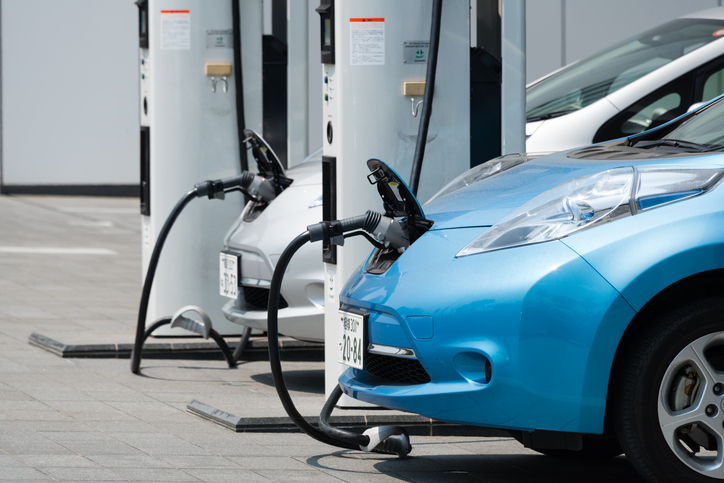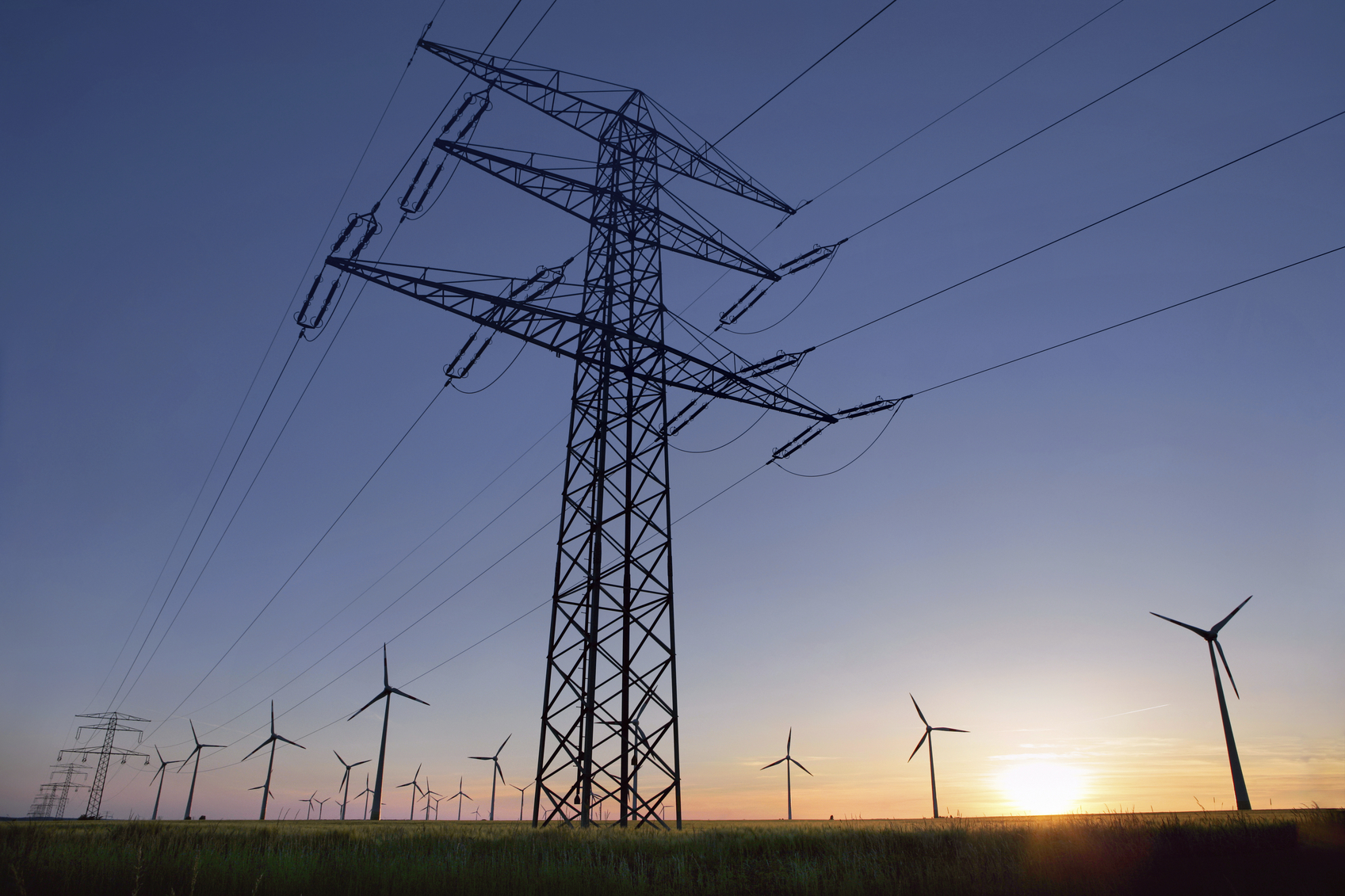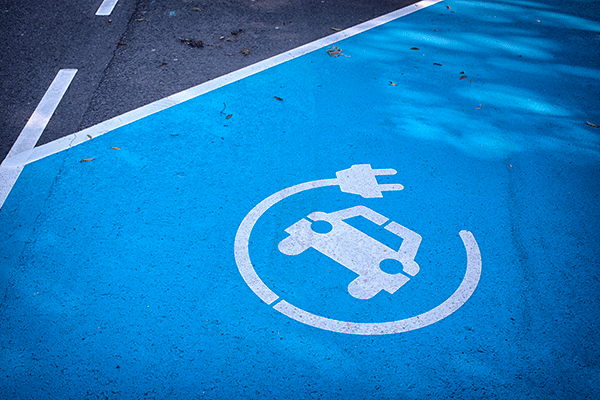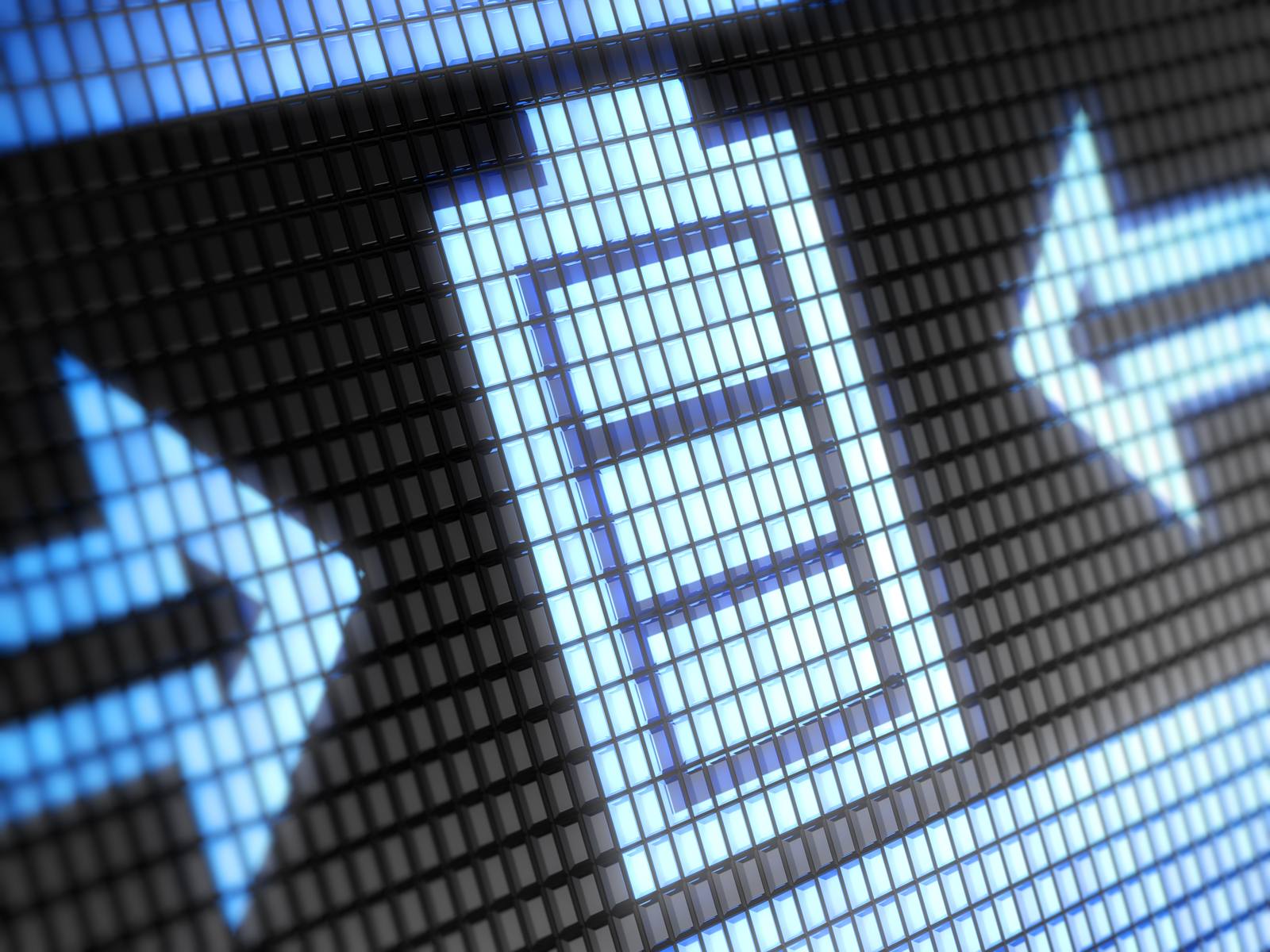 In an effort to expand South Australia’s renewable energy supply, the state has looked to business magnate Elon Musk to build the world’s largest lithium-ion battery. The goal of the project is to deliver a grid-scale battery with the ability to stabilize intermittency issues in the area as well as reduce energy prices.
In an effort to expand South Australia’s renewable energy supply, the state has looked to business magnate Elon Musk to build the world’s largest lithium-ion battery. The goal of the project is to deliver a grid-scale battery with the ability to stabilize intermittency issues in the area as well as reduce energy prices.
An energy grid is the central component of energy generation and usage. By changing the type of energy that powers that grid in moving from fossil fuels toward more renewable sources, the grid itself changes. Traditional electrical grids demand consistency, using fossil fuels to control production for demand. However, renewable sources such as wind and solar provide intermittency issues that traditional fossil fuels do not. Researchers must look at how we can deliver energy to the electrical grid when the sun goes down or the wind stops blowing. This is where energy storage systems, such as batteries, play a pivotal role.
In South Australia, Musk’s battery is intended to sustain 100 megawatts of power and store that energy for 129 megawatt hours. To put it in perspective, that is enough energy to power 30,000 homes and, according to Musk, will be three times as powerful as the world’s current largest lithium-ion battery.
Musk hopes to complete the project by December, stating that “It’s a fundamental efficiency improvement to the power grid, and it’s really quite necessary and quite obvious considering a renewable energy future.”


 Around the world, the transportation sector is evolving. Globally, electric vehicle (EV) sales have
Around the world, the transportation sector is evolving. Globally, electric vehicle (EV) sales have  Scientists have created a nanoscale light detector that can convert light to energy, combining both a unique fabrication method and light-trapping structures.
Scientists have created a nanoscale light detector that can convert light to energy, combining both a unique fabrication method and light-trapping structures. Earth’s climate is changing rapidly. We know this from billions of observations, documented in thousands of journal papers and texts and
Earth’s climate is changing rapidly. We know this from billions of observations, documented in thousands of journal papers and texts and  In an effort to develop a more affordable, plentiful alternative to lithium-ion batteries, researchers from Purdue University are pursuing rechargeable potassium based batteries, demonstrating a way to derive carbon for battery electrodes from old tires.
In an effort to develop a more affordable, plentiful alternative to lithium-ion batteries, researchers from Purdue University are pursuing rechargeable potassium based batteries, demonstrating a way to derive carbon for battery electrodes from old tires. Science is messy, but it doesn’t have to be dirty.
Science is messy, but it doesn’t have to be dirty. Using energy stored in the batteries of electric vehicles to power large buildings not only provides electricity for the building, but also increases the lifespan of the vehicle batteries, new research shows.
Using energy stored in the batteries of electric vehicles to power large buildings not only provides electricity for the building, but also increases the lifespan of the vehicle batteries, new research shows. A new development in electrolyte chemistry, led by ECS member
A new development in electrolyte chemistry, led by ECS member